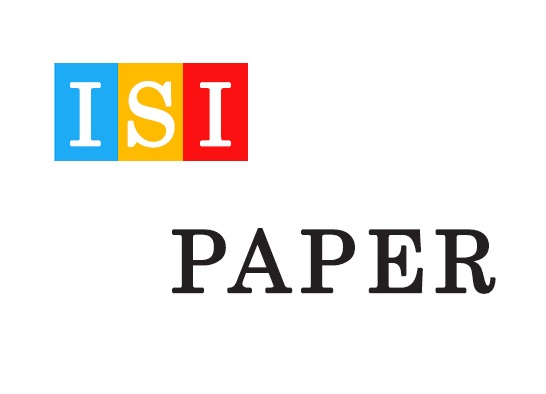دانلود رایگان مقاله ISI درباره پلی ساکارید و نانو ذره سیستم تحویل دارو
دانلود رایکان مقاله انگلیسی ISI با موضوع نانو ذرات مبتنی بر پلی ساکارید به عنوان سیستم های تحویل دارو

عنوان فارسی مقاله:
نانو ذرات مبتنی بر پلی ساکارید به عنوان سیستم های تحویل دارو
عنوان انگلیسی مقاله:
Polysaccharides-based nanoparticles as drug delivery systems
دانلود رایگان مقاله ISI با فرمت PDF:
مشاهده توضیحات کامل و خرید ترجمه فارسی با فرمت ورد تایپ شده:
بخشی از مقاله انگلیسی :
2. Polysaccharides
Polysaccharides are the polymers of monosaccharides. In nature, polysaccharides have various resources from algal origin (e.g. alginate), plant origin (e.g. pectin, guar gum), microbial origin (e.g. dextran, xanthan gum), and animal origin (chitosan, chondroitin) [4]. Polysaccharides have a large number of reactive groups, a wide range of molecular weight (MW), varying chemical composition, which contribute to their diversity in structure and in property. The chemical structures of usual polysaccharides and important chitosan derivatives are listed in Table 1 [4]. From the viewpoint of polyelectrolyte, polysaccharides can be divided into polyelectrolytes and nonpolyelectrolytes, the former can be further divided into positively charged polysaccharides (chitosan) and negatively charged polysaccharides (alginate, heparin, hyaluronic acid, pectin, etc.). Due to the presence of various derivable groups on molecular chains, polysaccharides can be easily modified chemically and biochemically, resulting in many kinds of polysaccharide derivatives. As natural biomaterials, polysaccharides are highly stable, safe, non-toxic, hydrophilic and biodegradable. In addition, polysaccharides have abundant resources in nature and low cost in their processing. Particularly, most of natural polysaccharides have hydrophilic groups such as hydroxyl, carboxyl and amino groups, which could form non-covalent bonds with biological tissues (mainly epithelia and mucous membranes), forming bioadhesion [5]. For example, chitosan, starch, alginate and so on are good bioadhesive materials. Nanoparticle carriers made of bioadhesive polysaccharides could prolong the residence time and therefore increase the absorbance of loaded drugs. All these merits endow polysaccharides a promising future as biomaterials. For the application of these naturally occurring polysaccharides for drug carriers, issues of safety, toxicity and availability are greatly simplified. In recent years, a large number of studies have been conducted on polysaccharides and their derivatives for their potential application as nanoparticle drug delivery systems [4,6–8].


